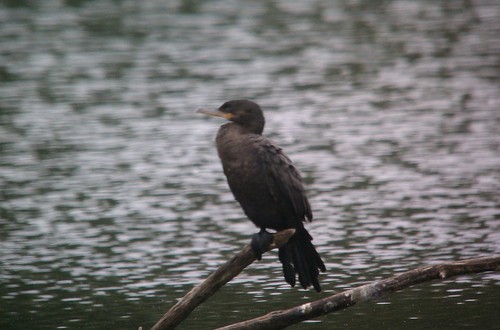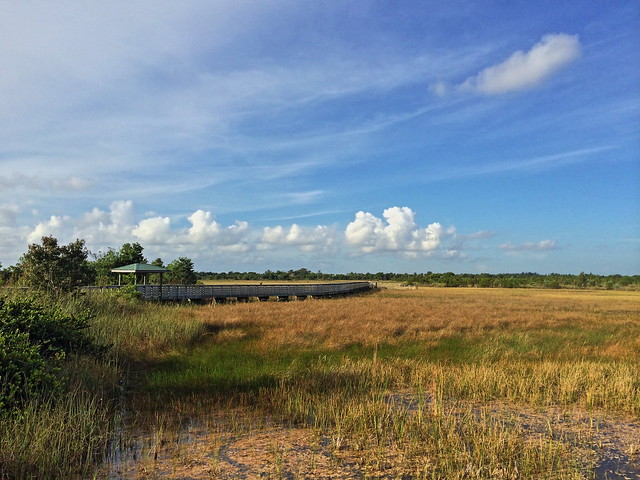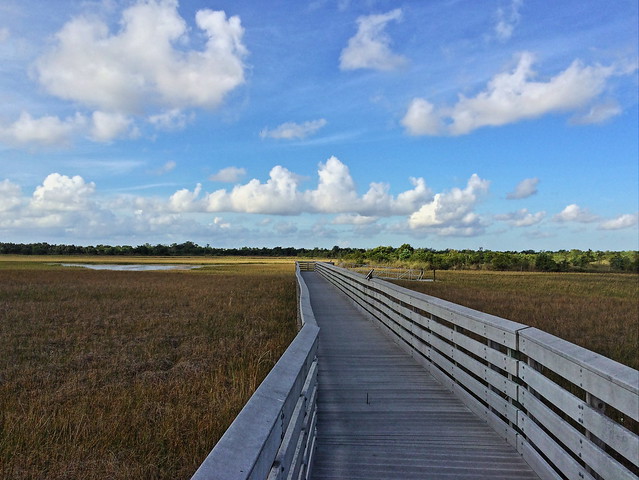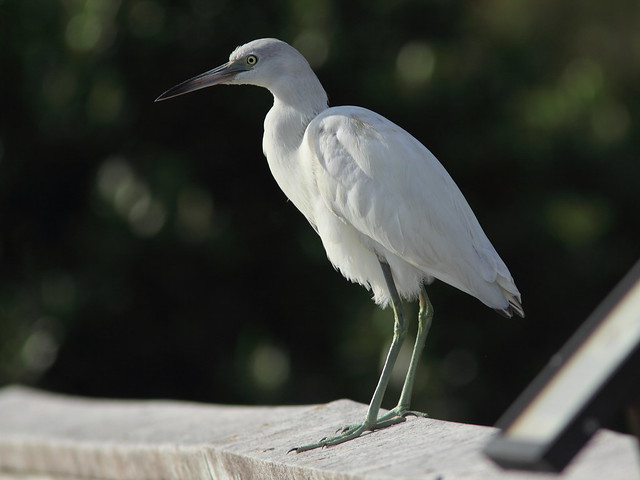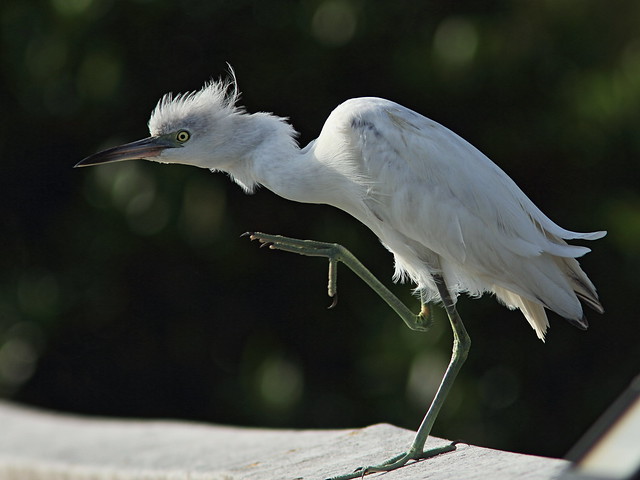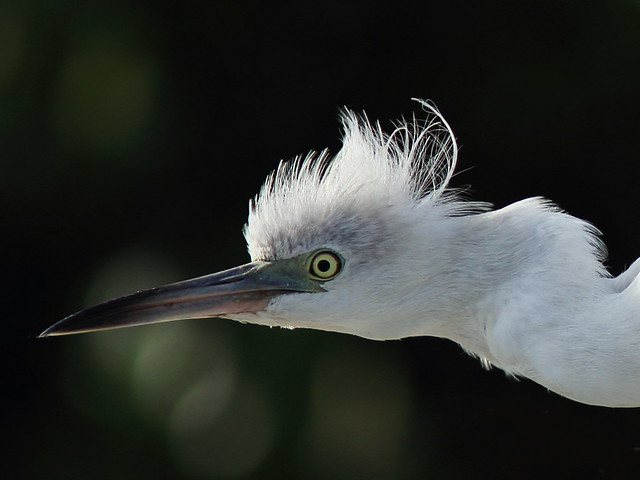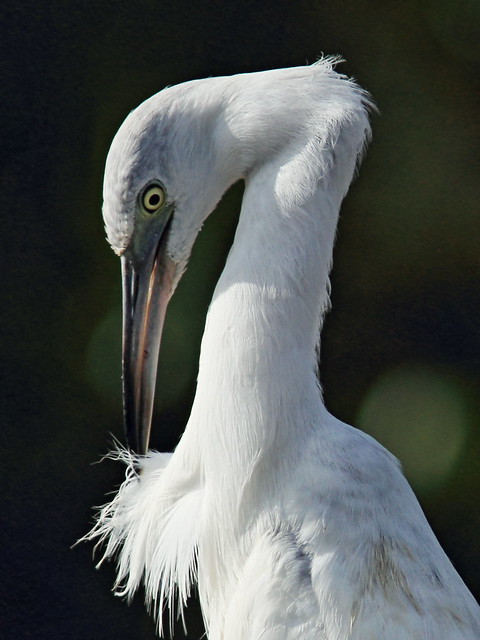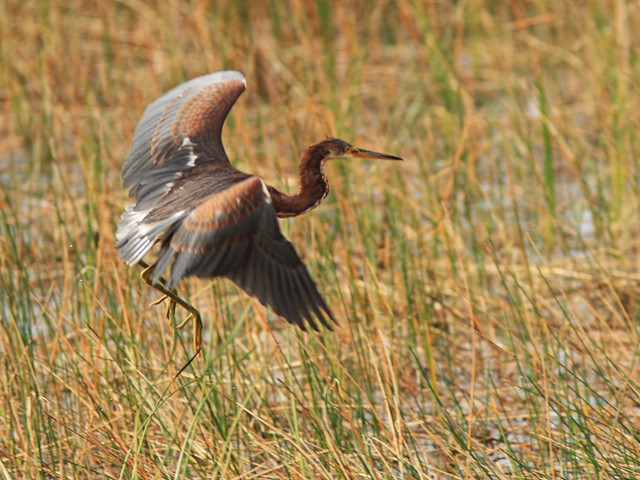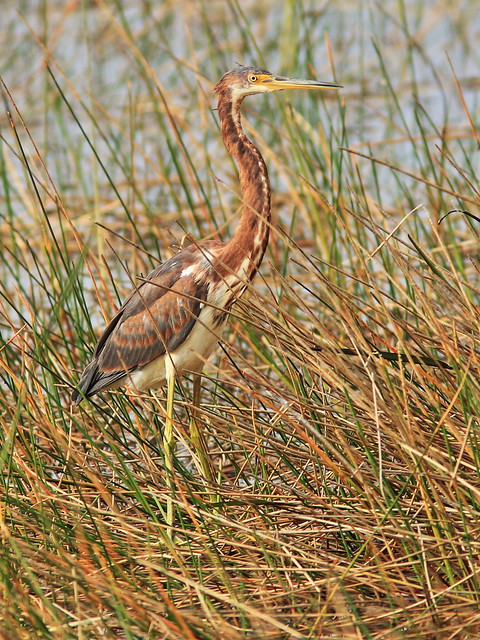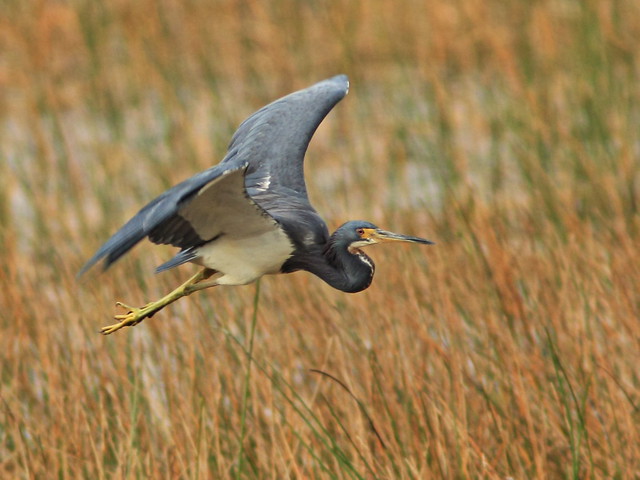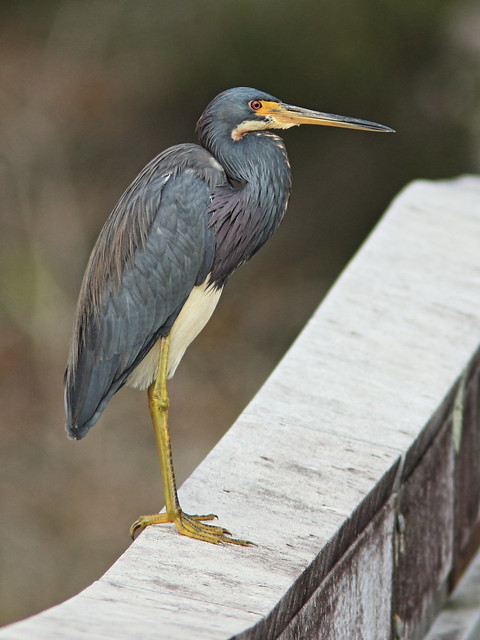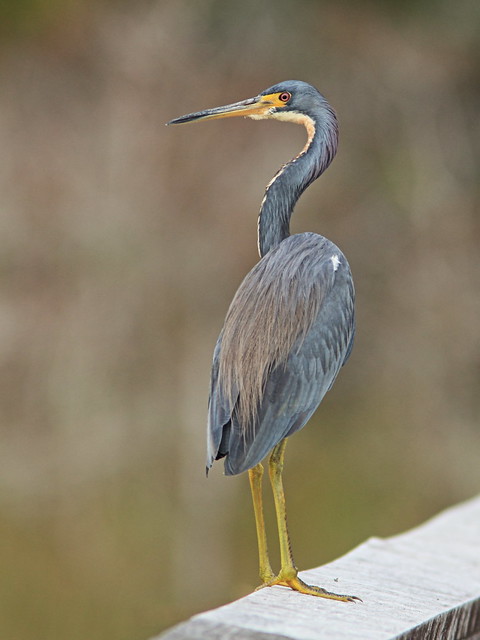 |
| Let the Games Begin! 2015 Backyard Big Year Location |
In 2015 I'm staging a Backyard Big Year--a gonzo-all-out effort to see how many birds I can find in my yard during the year. I live on 2.7 acres in Hunterdon County, New Jersey. We don't have any water on the property, though my neighbors have a tiny farm pond that occasionally gets a duck or heron. In the 3 years we've lived here, I've seen 140 bird species and I have recorded the flight calls of another 15 species as nocturnal migrants.
 |
| OldBird 21c microphone |
In addition to seeing how many birds I can personally see or hear, as part of the Backyard Big Year, I will attempt to photograph 150 yard birds and to sound record 150 species as well. This will be a machine-assisted effort with an OldBird 21c nocturnal microphone and trail cams to deployed to record birds that might otherwise slip past unobserved. How many birds will I actually see? How many birds will I find all together with my bionic birding assistants? 160...180...more? That remains to be seen! This will be a huge challenge, but a lot of fun, as I try to see birds that are locally common within 2 miles of my home--such as waterfowl and shorebirds--but almost never seen on migration away from water. Even Rock Pigeon is going to be a tough bird to get next year!
I've been gearing up for this over the past few months--literally buying some new gear such as a 15 foot tripod deer stand to give me better views--and invite you to join me on this birding adventure. I'll post monthly updates here at Birding is Fun! but you can also follow my daily exploits and yard birding tips at my Backyard Big Year Blog or on Facebook.
Perhaps this fun game will inspire you to make a greater effort to see more birds from your own yard. Maybe you will join me and do your own backyard big year. And if you happen to be passing by on I-78 an hour west of New York, feel free to stop by and bird with me in my yard. It would be great to have company! I hope you will enjoy this fun event and that it increase your own birding fun however you plan to bird in 2015!




